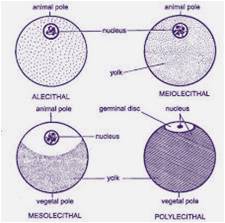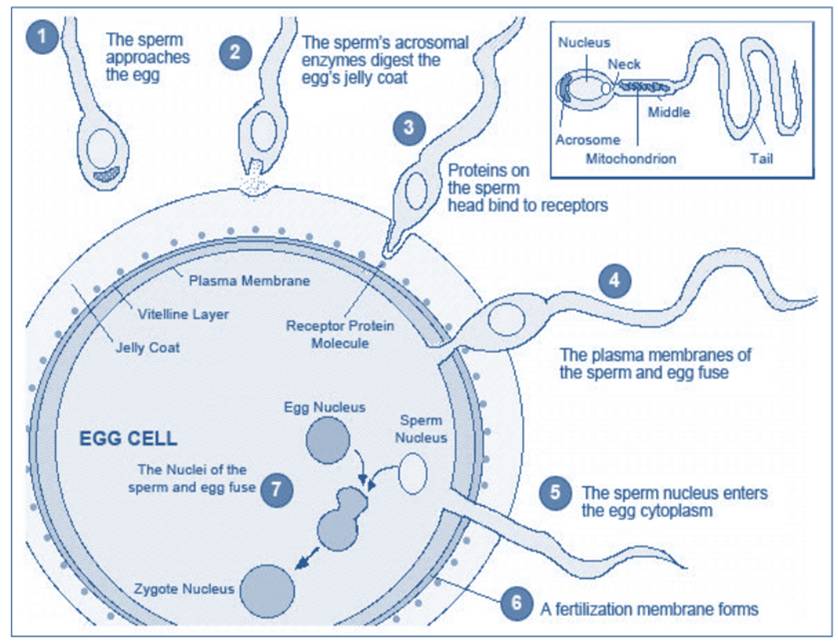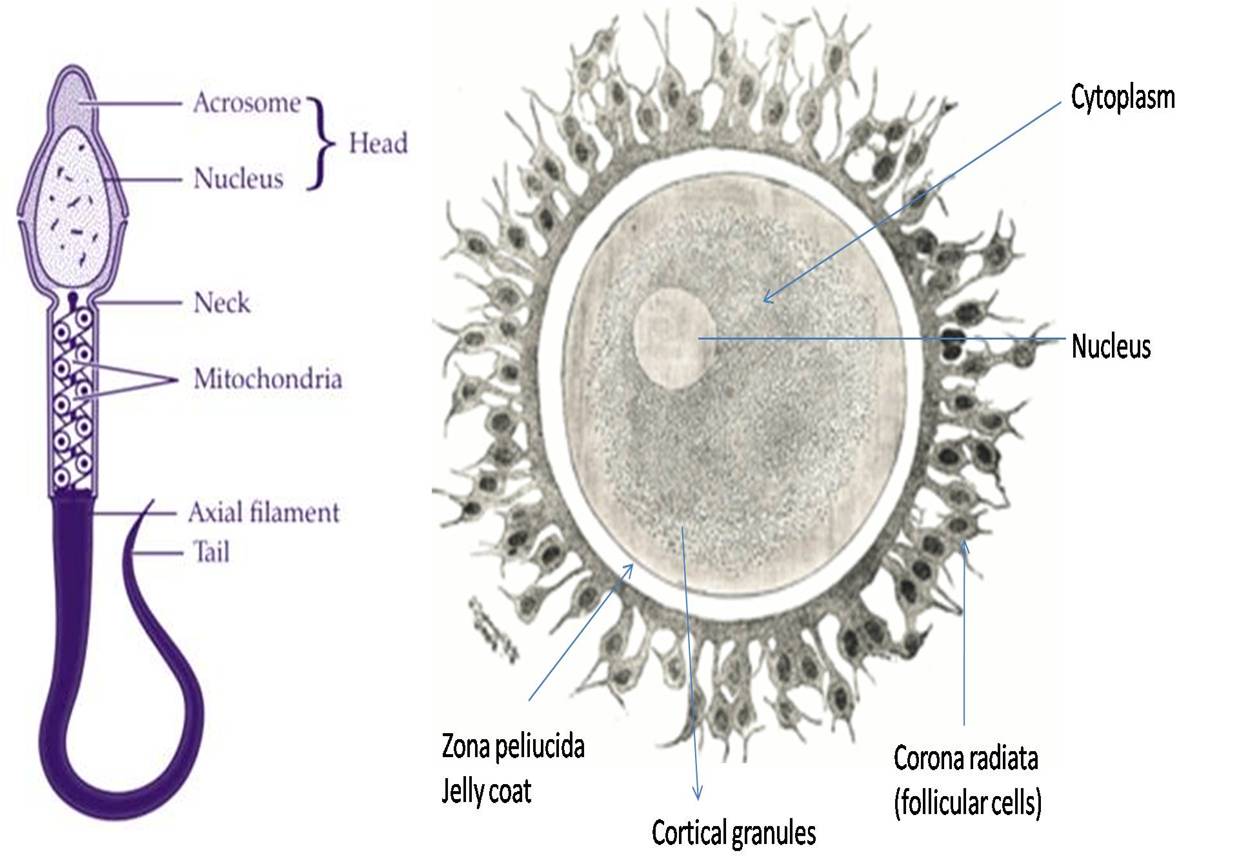Types of Eggs: Eggs, the symbol of life’s origins, can take a wide variety of shapes. Eggs exhibit a tremendous diversity, ranging from the absence of yolk to the concentration of nutrients, the distribution of yolk, and even the make-up of their shells. The fascinating world of egg forms and classifications is explored in this essay, revealing the complexity buried inside these ostensibly straight forward structures.
There are different types of eggs based on different criteria, such as the animal source (On the basis of animal source there are different eggs Some of the most common types of eggs are chicken, duck, quail, roe, caviar, and emu eggs.), the quantity and distribution of yolk, on the basis of shells and mosaic and regulative eggs.
On the Basis of the Amount of Yolk
On the basis of the amount of yolk present in them, eggs can be grouped into four types of eggs
1. Alecithal Eggs: Alecithal eggs, intriguingly devoid of yolk, intrigue us with their minimalism. These eggs, exemplified by the eggs of eutherian mammals, lack the substantial yolk found in other varieties.
2. Microlecithal Eggs: Microlecithal eggs, on the other hand, are small in size and contain a meager amount of yolk compared to the cytoplasm. Examples include the eggs of creatures like Hydra, Sea urchin, Amphioxus, and Tunicates.
3. Mesolecithal Eggs: Mesolecithal eggs strike a balance between yolk and cytoplasm. With a moderate amount of yolk, they are found in Amphibians, Dipnoi, and Petromyzon.
4. Macrolecithal or Megalecithal or Polylecithal Egg: The Macrolecithal egg category boasts eggs with a copious amount of yolk, several times greater than the cytoplasm. Reptiles, Birds, and Prototheria represent this substantial yolk reservoir.

On the Basis of the Distribution of Yolk
On the basis of the distribution of yolk there are three types of eggs
1. Isolecithal or Homolecithal Eggs: Isolecithal eggs feature a scattering of yolk throughout the ooplasm, with only a small amount present. Examples include Echinoderms, Amphioxus, and mammals.
2. Telolecithal Eggs: Telolecithal eggs harbor moderate to large quantities of yolk, but the distribution is uneven. Yolk is concentrated predominantly towards the vegetal pole.
3. Centrolecithal Egg: Centrolecithal eggs take a unique approach by centralizing yolk within the egg. A thin peripheral layer of cytoplasm envelops the yolk. This category includes the eggs of Insects and some hydrozoa.
Mosaic and Regulative Eggs
1. Mosaic Egg or Determinate Egg: Mosaic eggs, or determinate eggs, possess pre-determined developmental patterns. Removing any portion of the egg results in the absence of related organs and a defective embryo. Compensatory development is not feasible in these eggs. Molluscs and Ascidians exemplify this category.
2. Regulative Egg/Indeterminate Egg: Regulative eggs, also known as indeterminate eggs, exhibit a more flexible approach to development. The removal of a small portion of the egg or even one or two early blastomeres does not hinder normal development.
On the Basis of Shell
Eggshells, too, have their unique classifications hence two types of eggs:
1. Cleidoic Eggs: Cleidoic eggs are characterized by shells that encase the developing embryo. These eggs are found in reptiles and birds, offering protection and support for the growing organism.
2. Non-Cleidoic Eggs: Non-cleidoic eggs, in contrast, lack a protective shell surrounding the embryo. This category encompasses eggs that are not encapsulated, leaving the embryo vulnerable.
As we explore the intricate world of egg types, we gain a deeper appreciation for the diversity and complexity of life’s beginnings. From the subtle differences in yolk distribution to the presence or absence of shells, each egg type tells a unique story of adaptation and survival.
Conclusion
The types of eggs, in all their various forms, serve as the inception of life itself. Whether through the presence or absence of yolk, the distribution of nutrients, or the nature of their shells, eggs have evolved to adapt to diverse environments and developmental strategies. This diversity highlights the richness of the natural world and the endless possibilities it holds.
FAQs
What is the significance of the amount of yolk in different egg types?
The amount of yolk in eggs can determine the energy and nutrients available to the developing embryo. It varies among species based on their specific reproductive needs.
How do mosaic and regulative eggs differ in terms of development?
Mosaic eggs have predetermined developmental patterns, while regulative eggs exhibit more flexibility, allowing for compensatory development.
Why is the distribution of yolk important in telolecithal and centrolecithal eggs?
The distribution of yolk can affect the positioning and development of the embryo. In telolecithal eggs, yolk is concentrated toward one pole, while in centrolecithal eggs, it is centralized.
What role do cleidoic eggs play in reptile and bird reproduction?
Cleidoic eggs have a protective shell that helps retain moisture and provides mechanical support, allowing these animals to reproduce successfully on land.
Are there any other unique types of eggs not mentioned in this article?
Yes, there are many specialized egg types found in various species, each adapted to their specific reproductive and environmental conditions.









